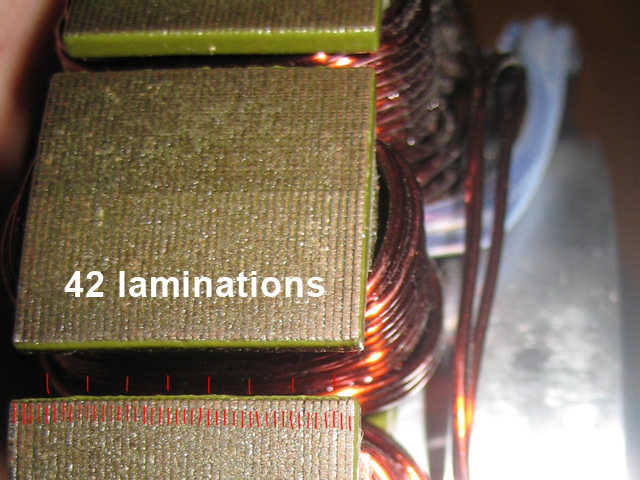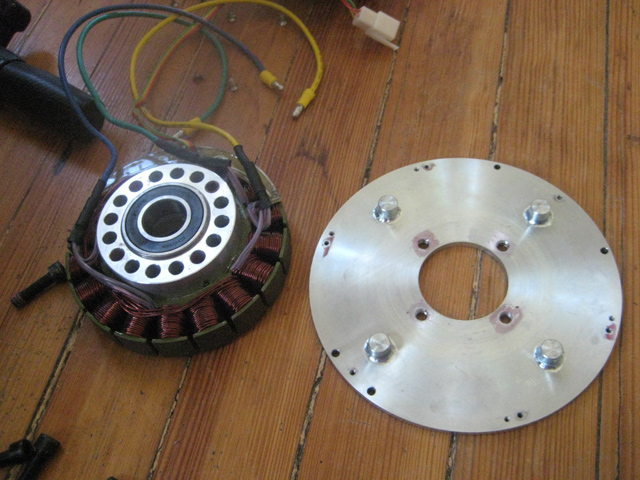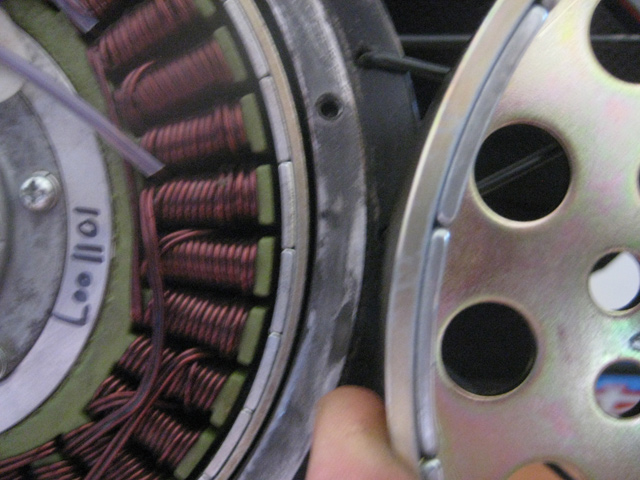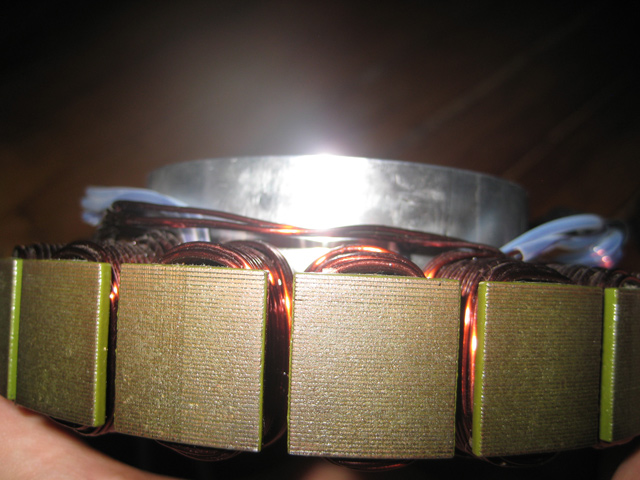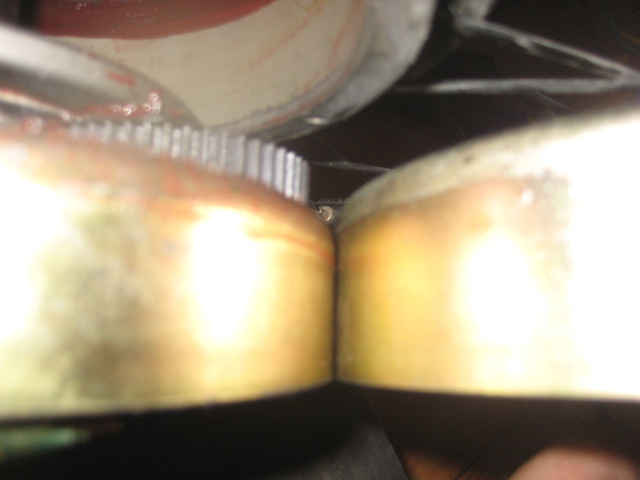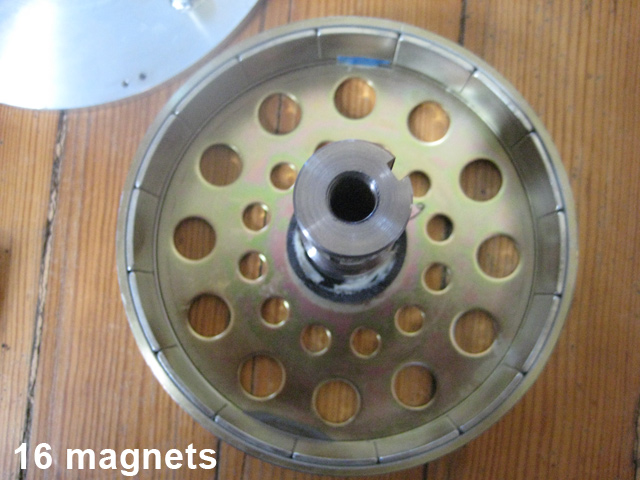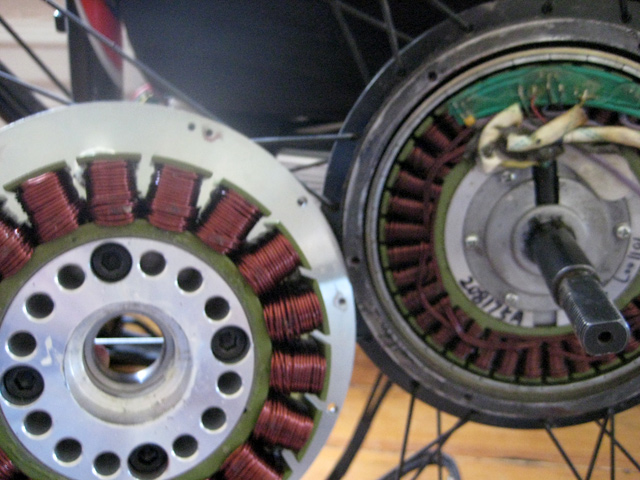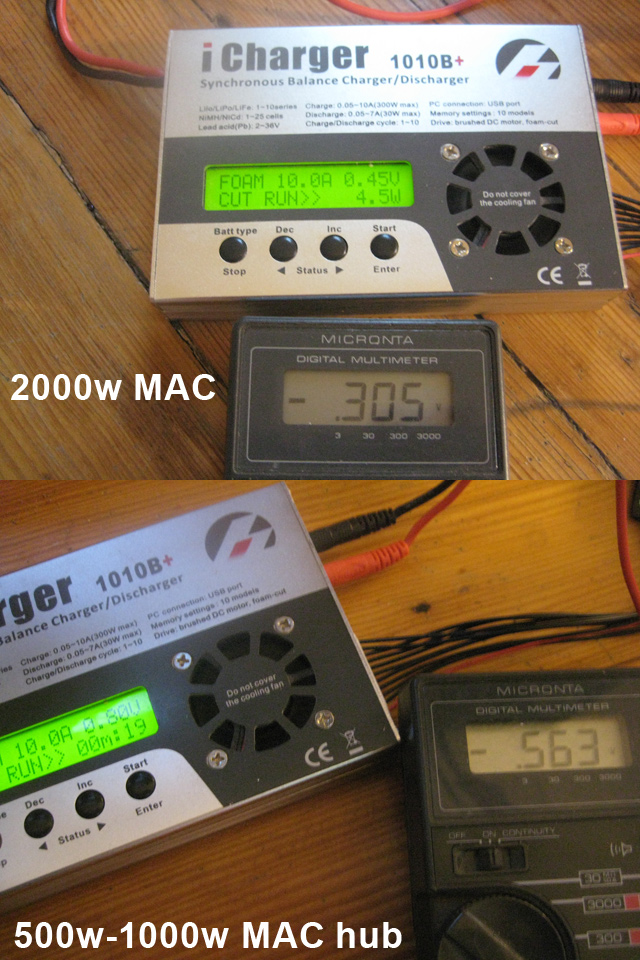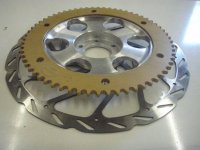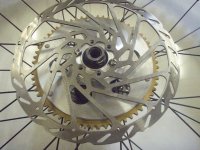fine work neps, so heres the deal,
you have .0305ohlms winding resistance, and to get to peak eff we need the resistance losses (notice the 4.5w reading on the icharger, this is that loss for 10a)
to equal the 106w rpm losses.
it tuns out thats 59A (59*59* .0305 =106w of winding loss) of phase current.
its a 70kv motor so 1 divided by 70 * 9.6 =.137NM/amp -this is good to know, you get .137NM of torque per phase amp.
59 of them gives you 8.1NM output for 106W of winding loss (kinda regardless of rpm)
so to put that all together for this 38.6v setups peak efficiency spot, 8.1NM * around 2400rpm loaded *.1047 = 2035w output @peak eff of around 90%

you have put in 2277w (38.6v and 59 amps) you get all of that as output accept the two lots of 106w losses so you get 2035w output.
this maths is not spot on (but should be, when corrected by someone like miles who actually went to school!)
and even then its not taking magnetic and other losses into account, but its a really good ballpark, and prolly the same as the basic simulators.
so 90% peak eff, pretty dam good neps, better than i thought, and you are only dissipating 212W of heat, that i reckon it could do continuously without additional cooling, so this point of operation is going to be really easy on the motor.
you could go to 50v and about 85A to get more like 4000w and a bit higher efficiency, with i bit of air directed through it i reckon this motor could do say 11 NM at around 3000rpm on a light bike and be somewhere its thermal limit (depends on a bit more size/weight info), be good if folks could just double check all of that, it was a rush job.
but its looking pretty good for this motor, also with key ingredients like easy single stage reduction and cheapness.

and come on john, why not feed in the readings and join all the fun!


